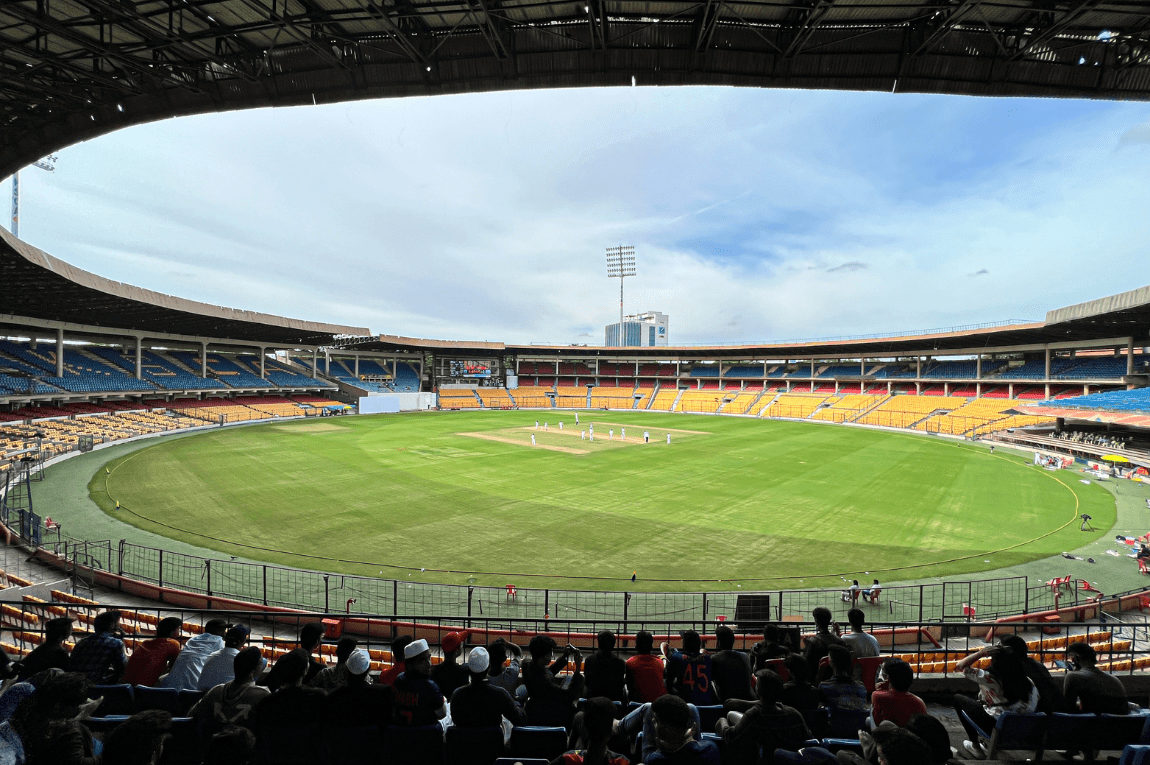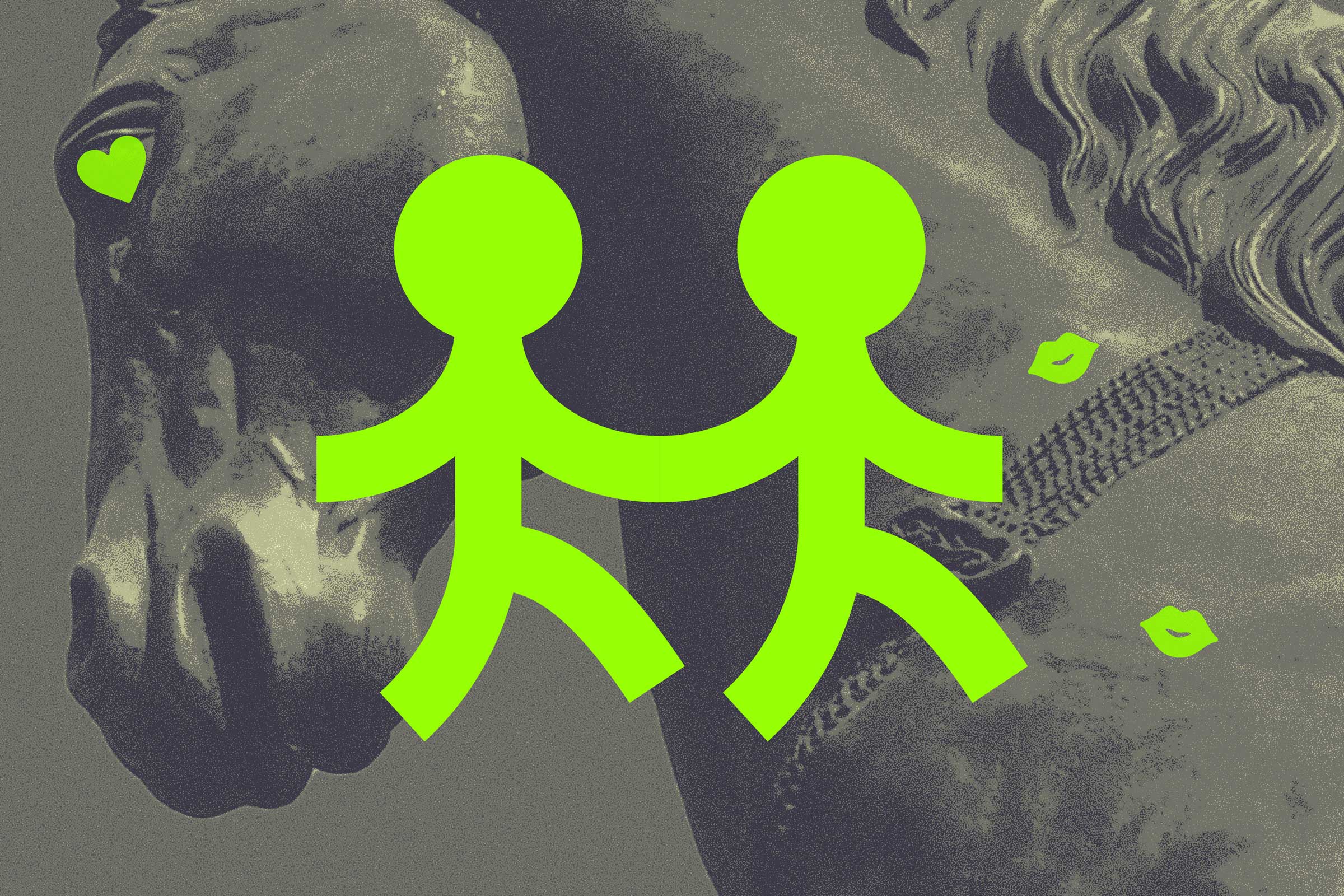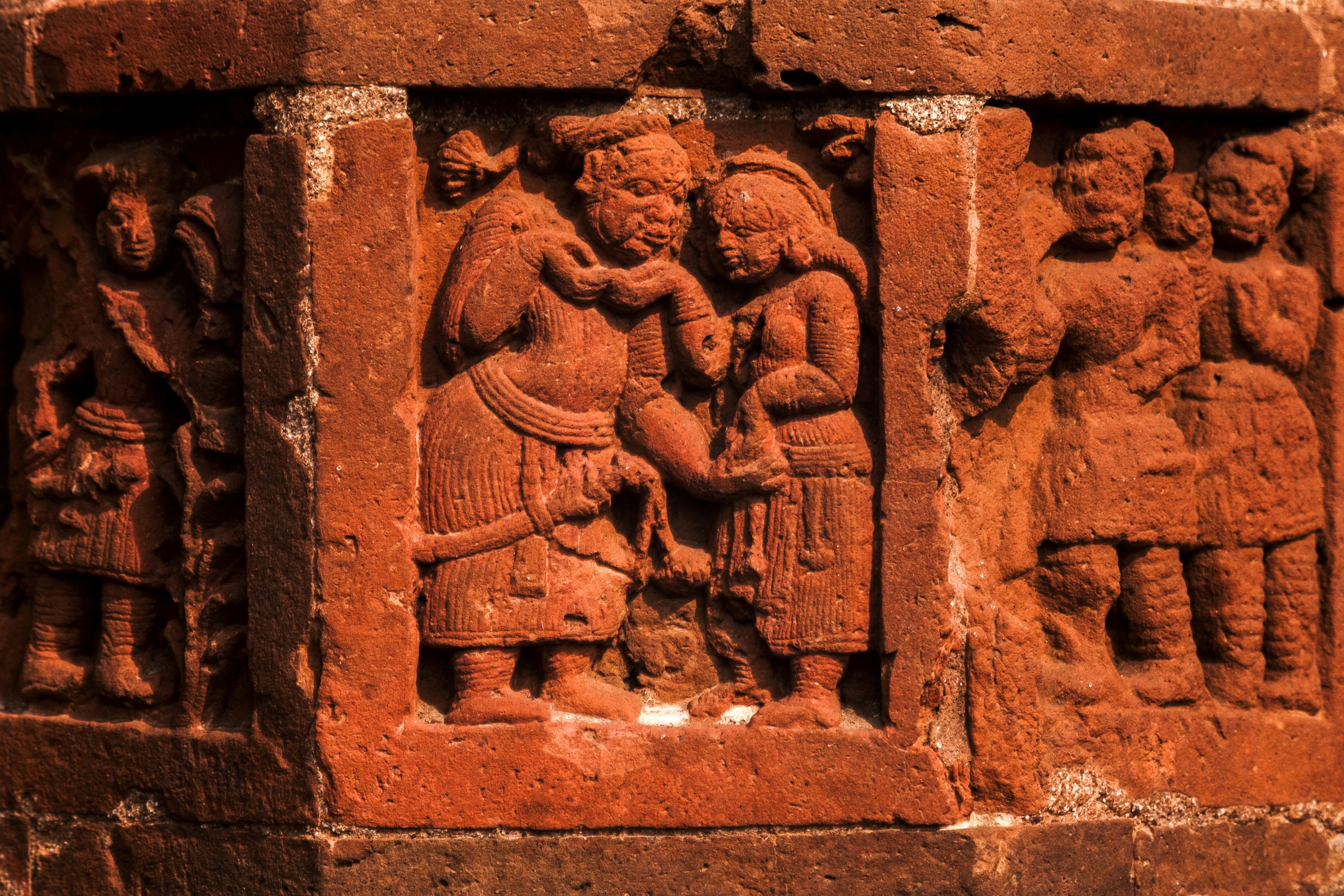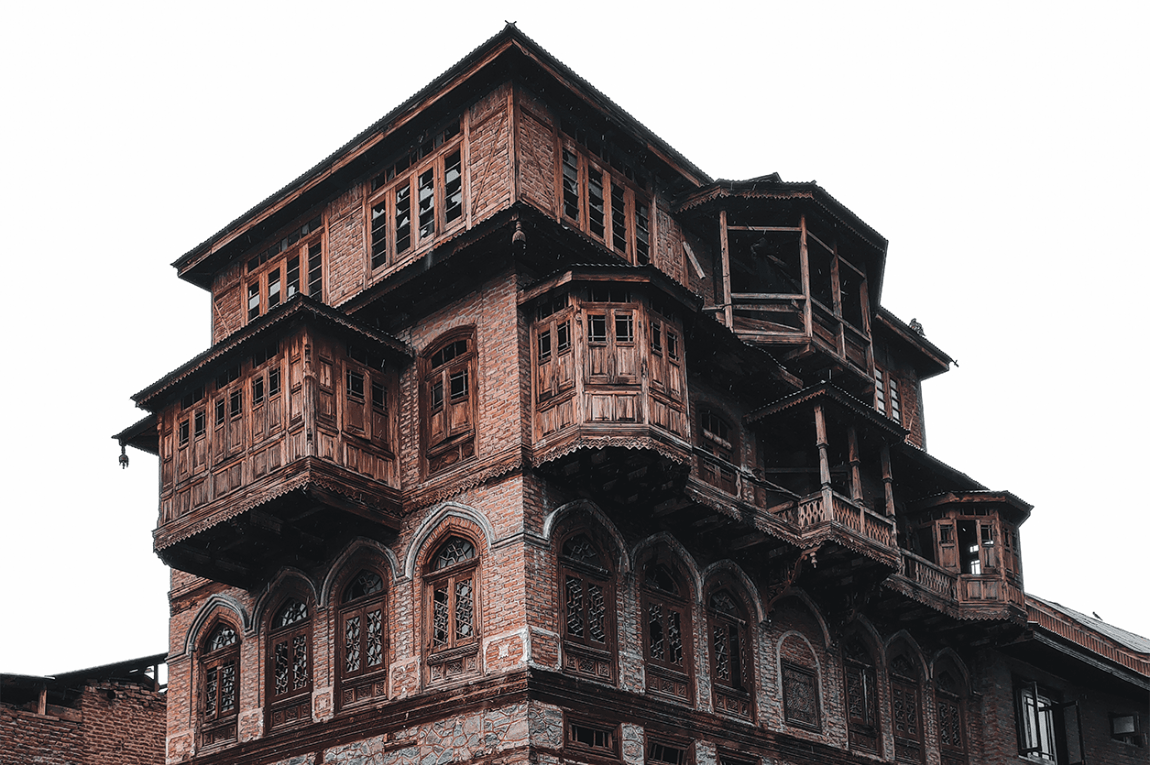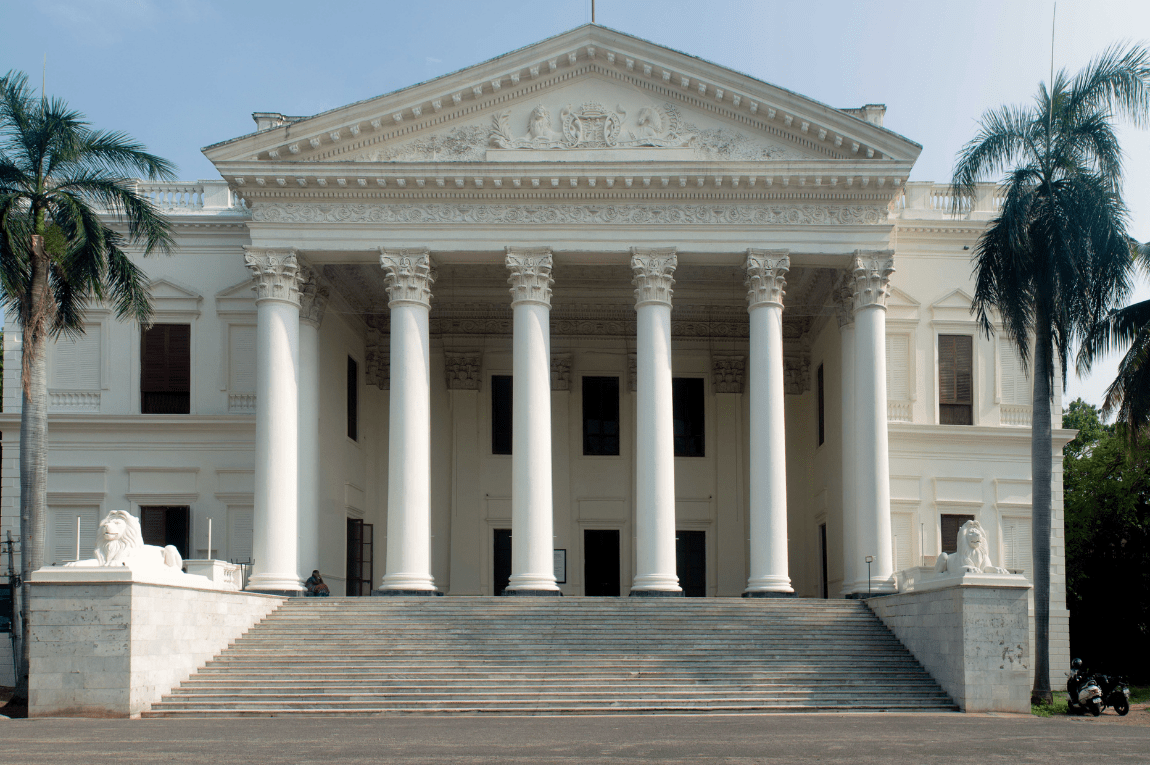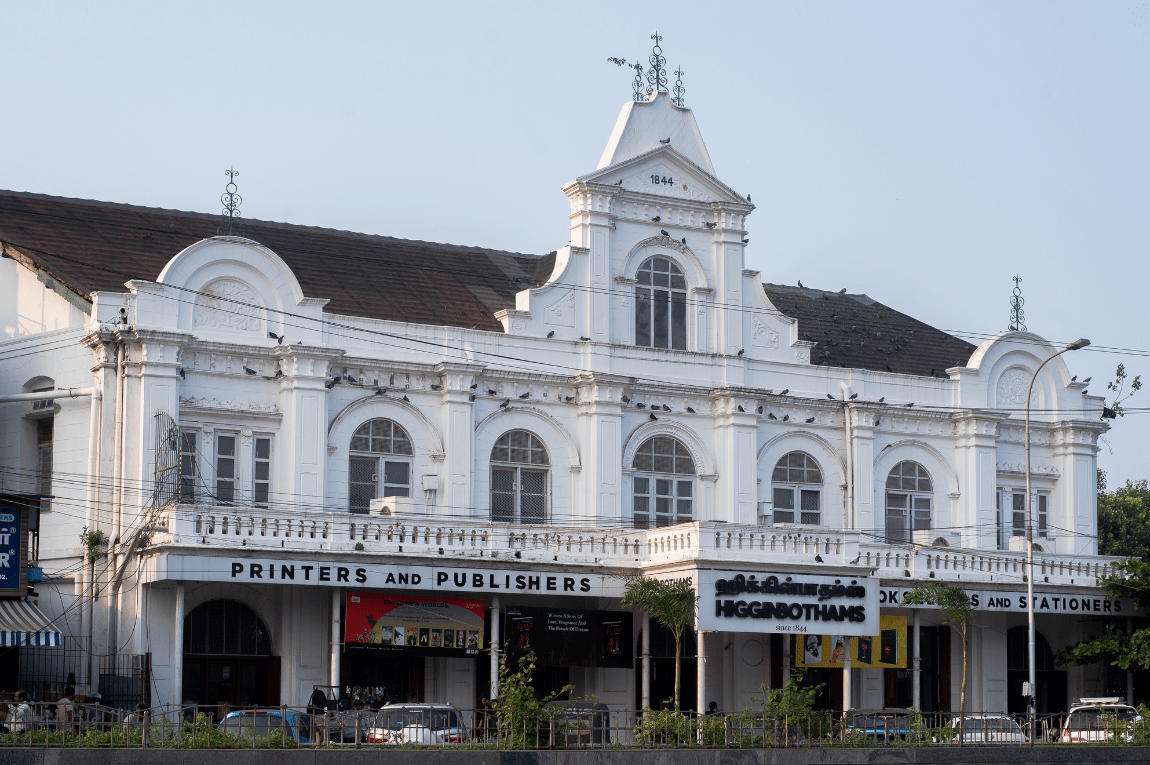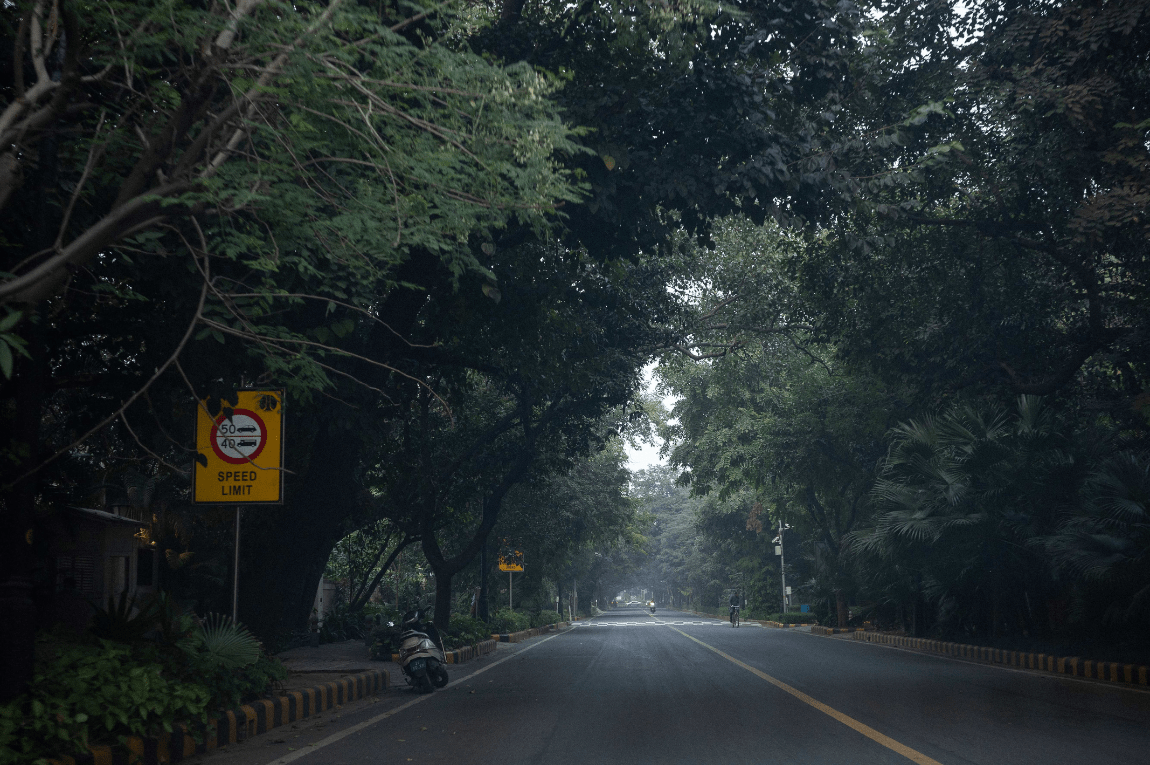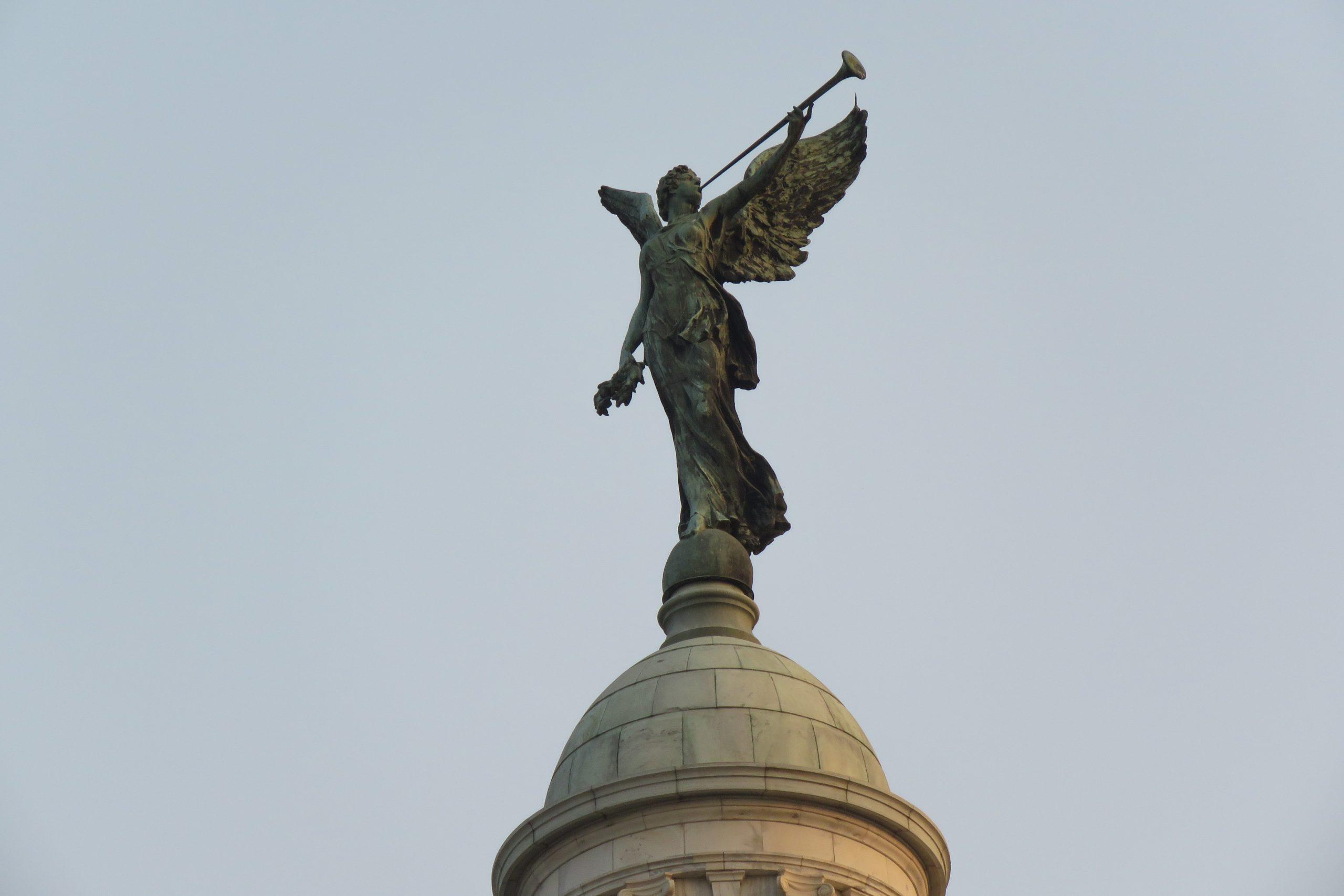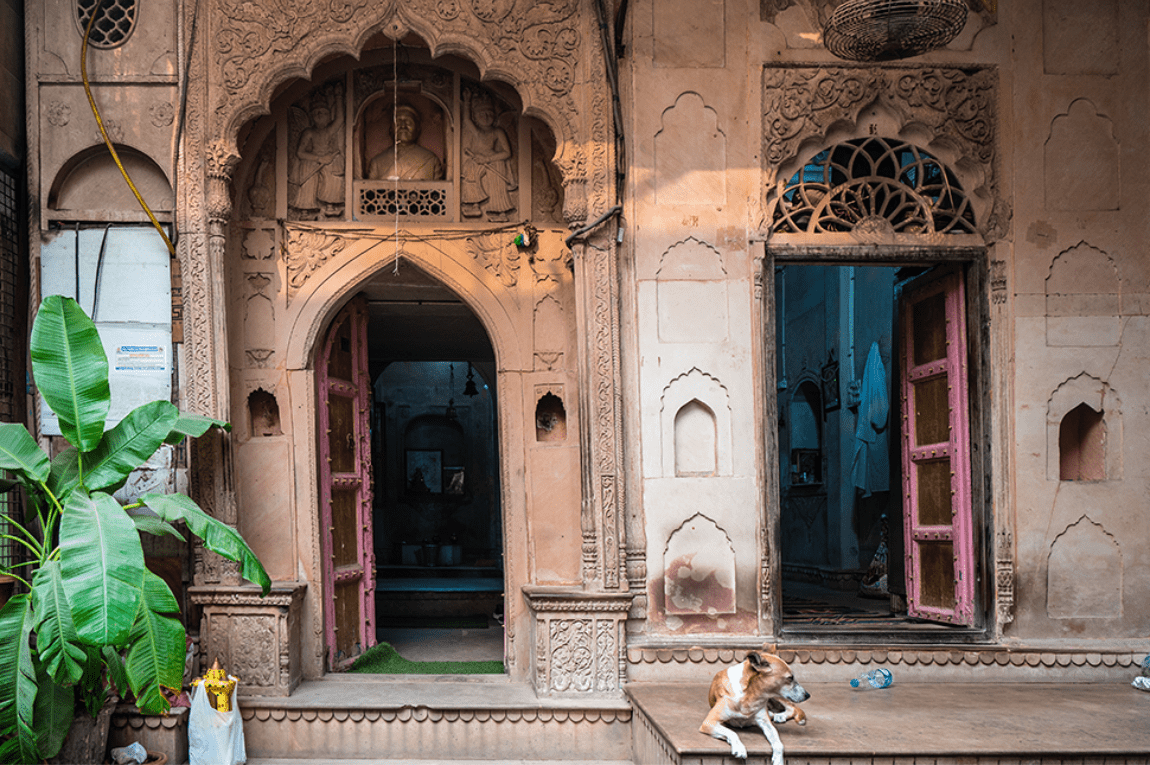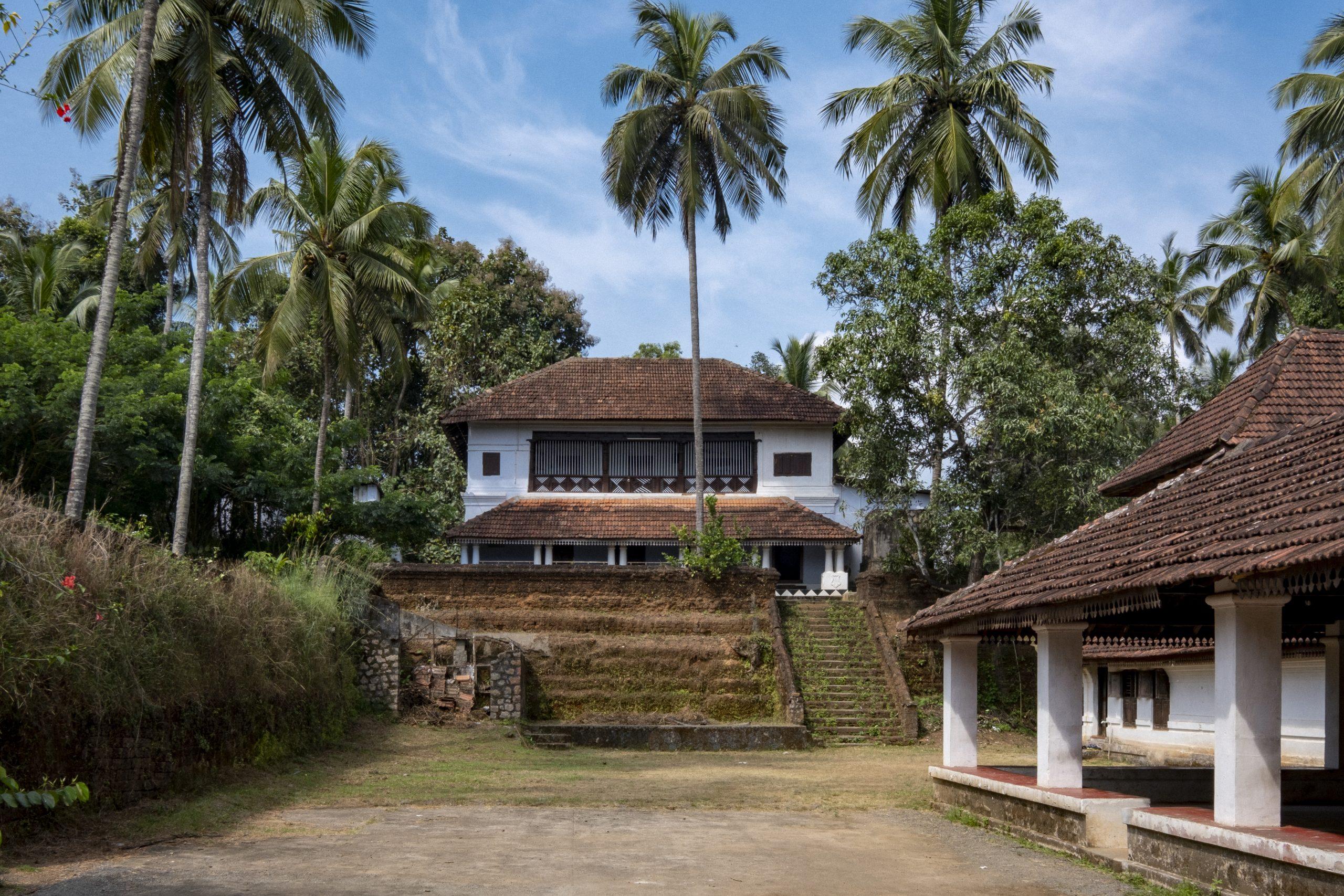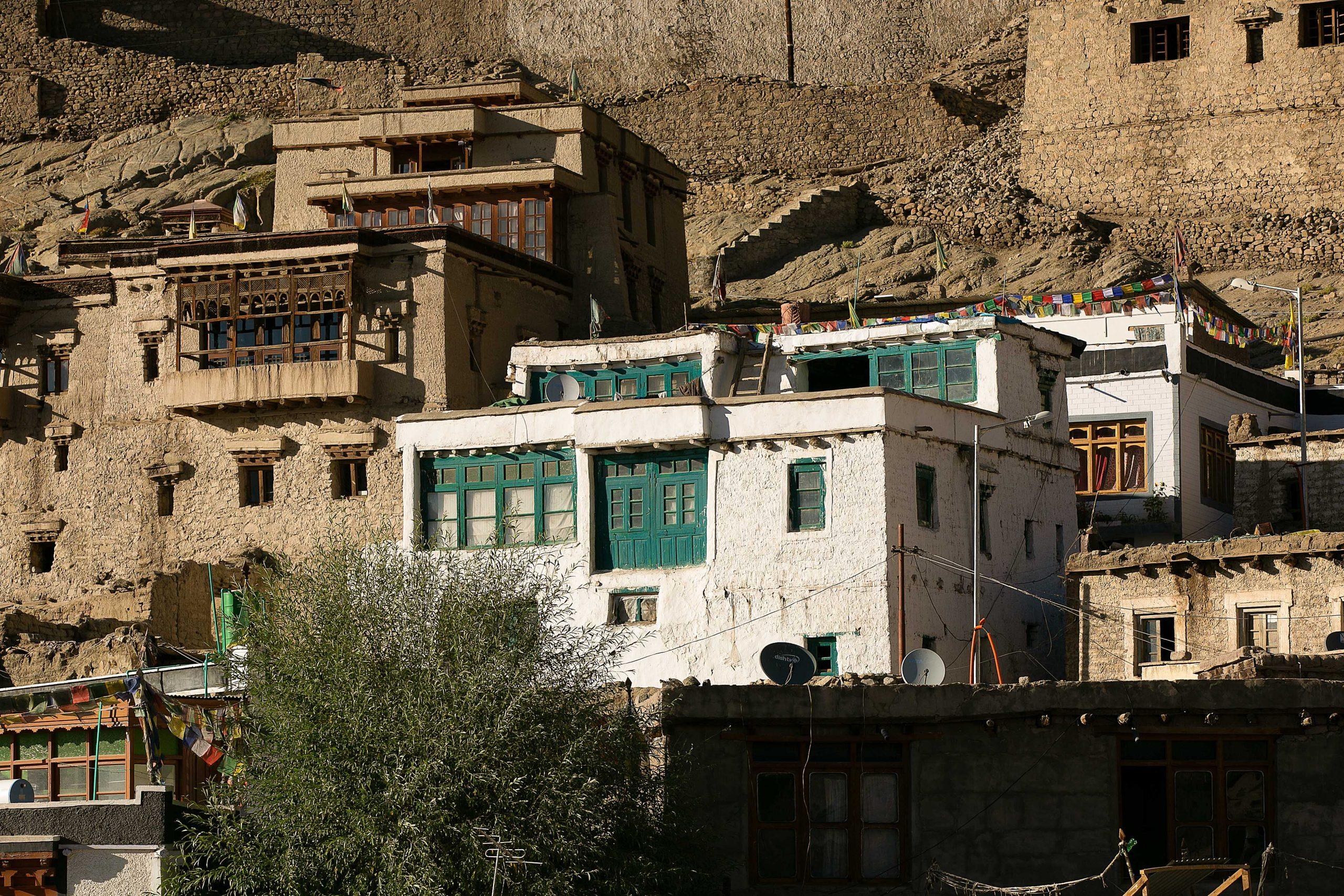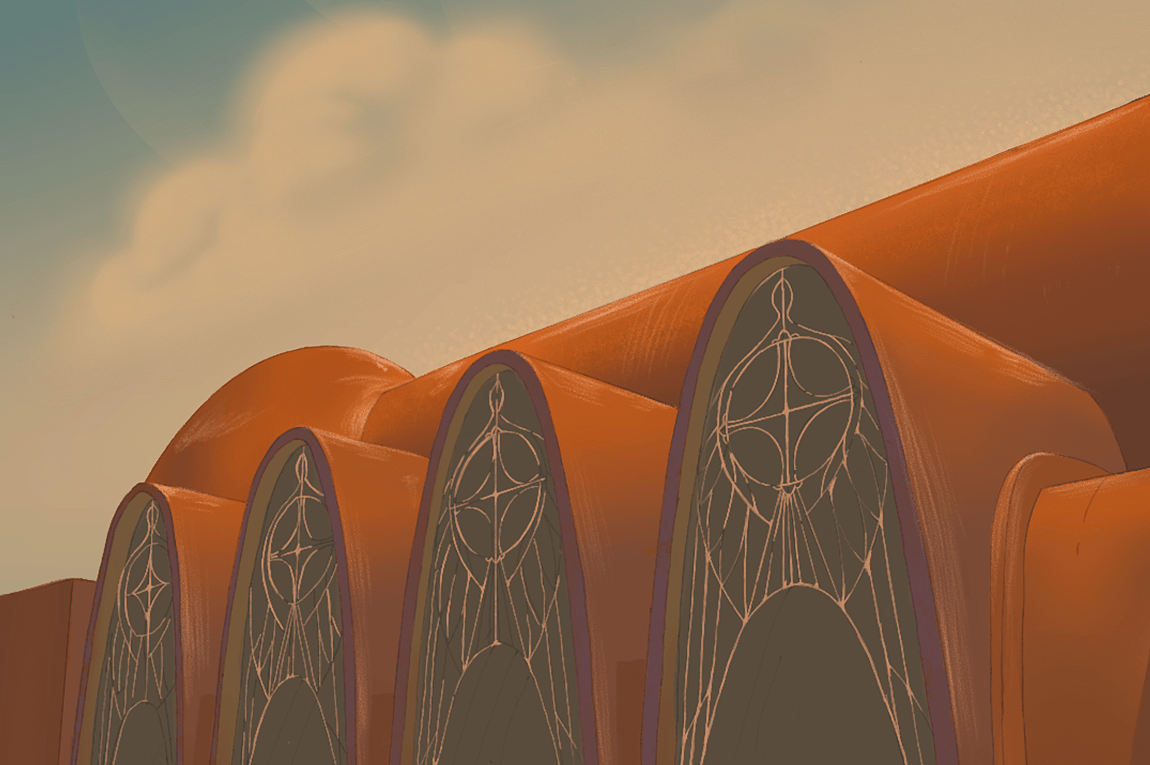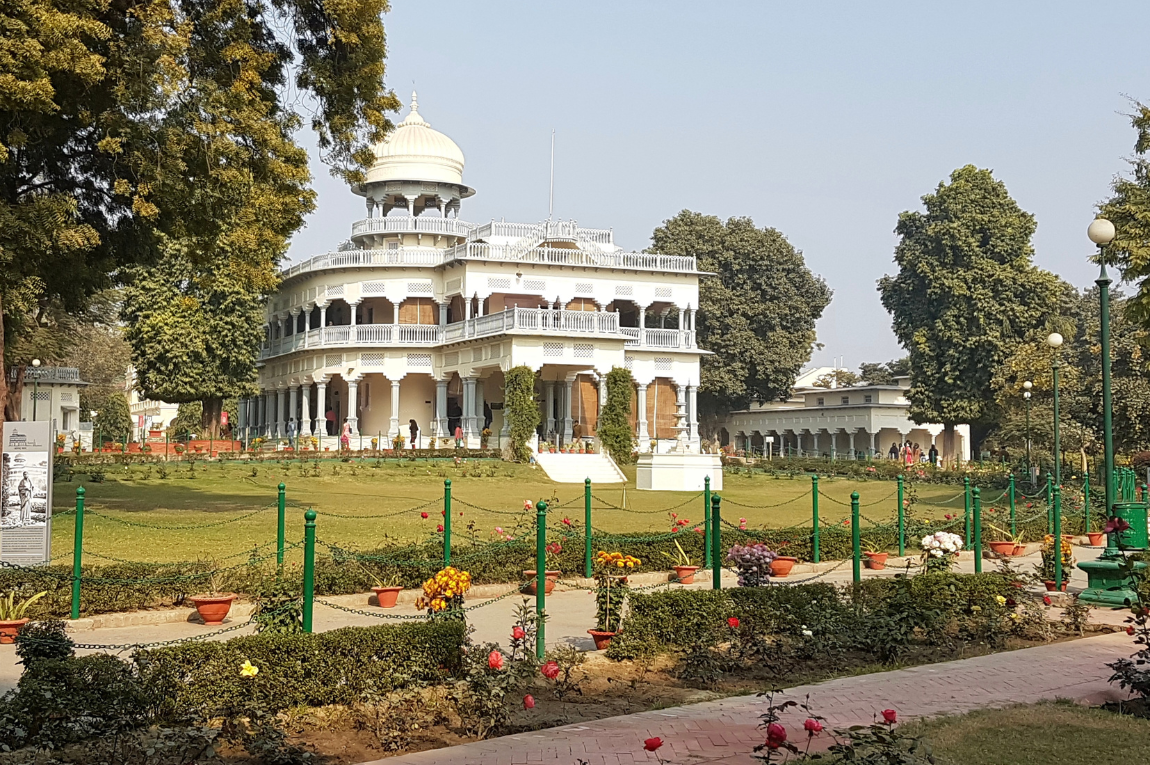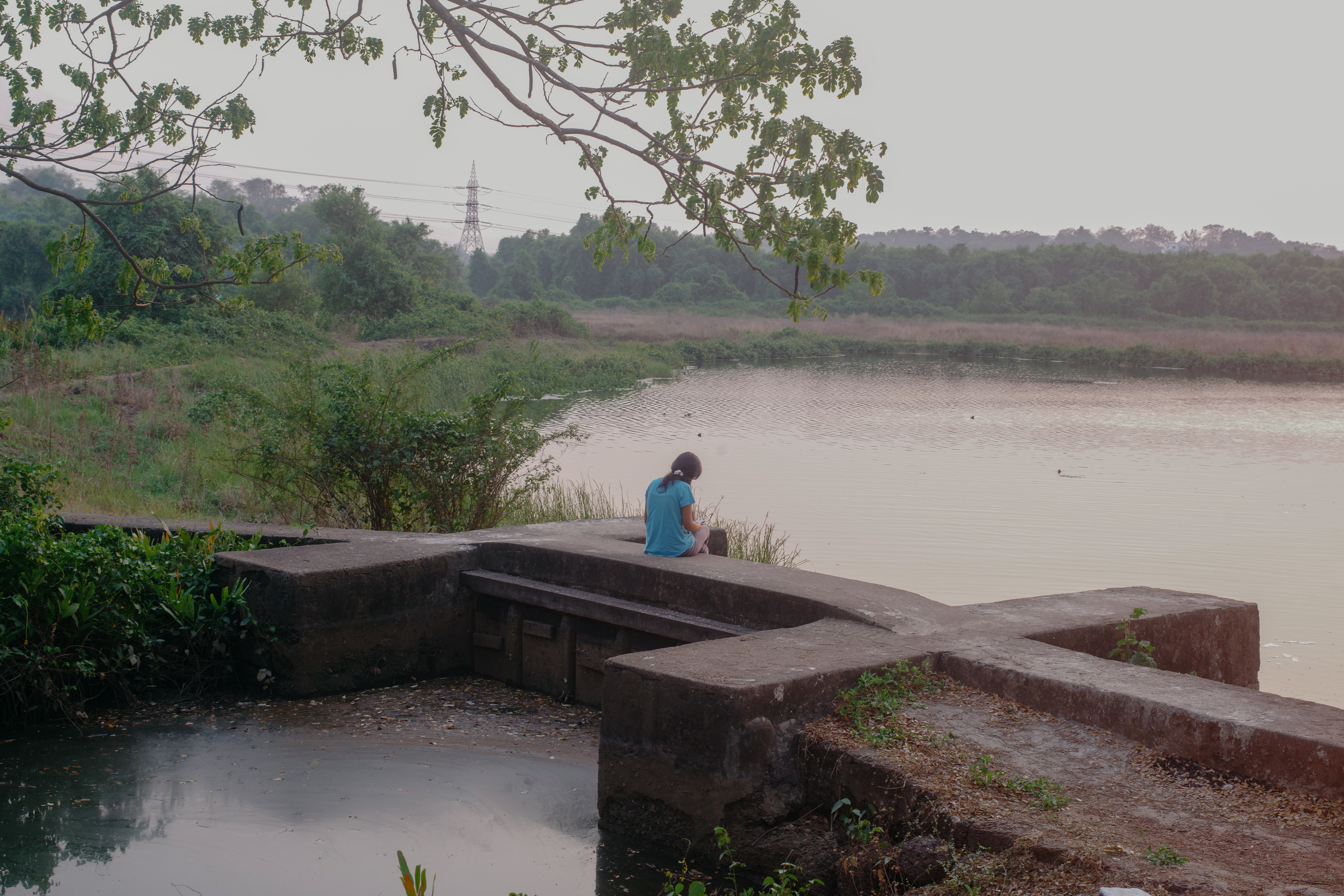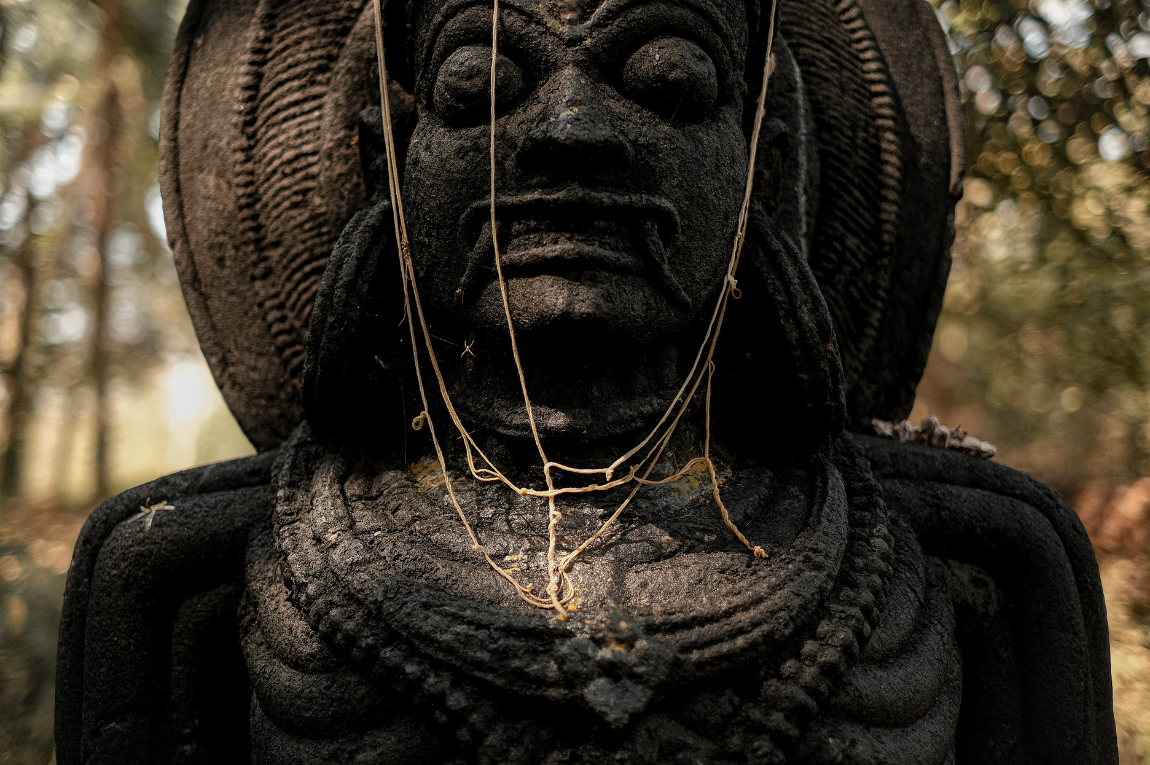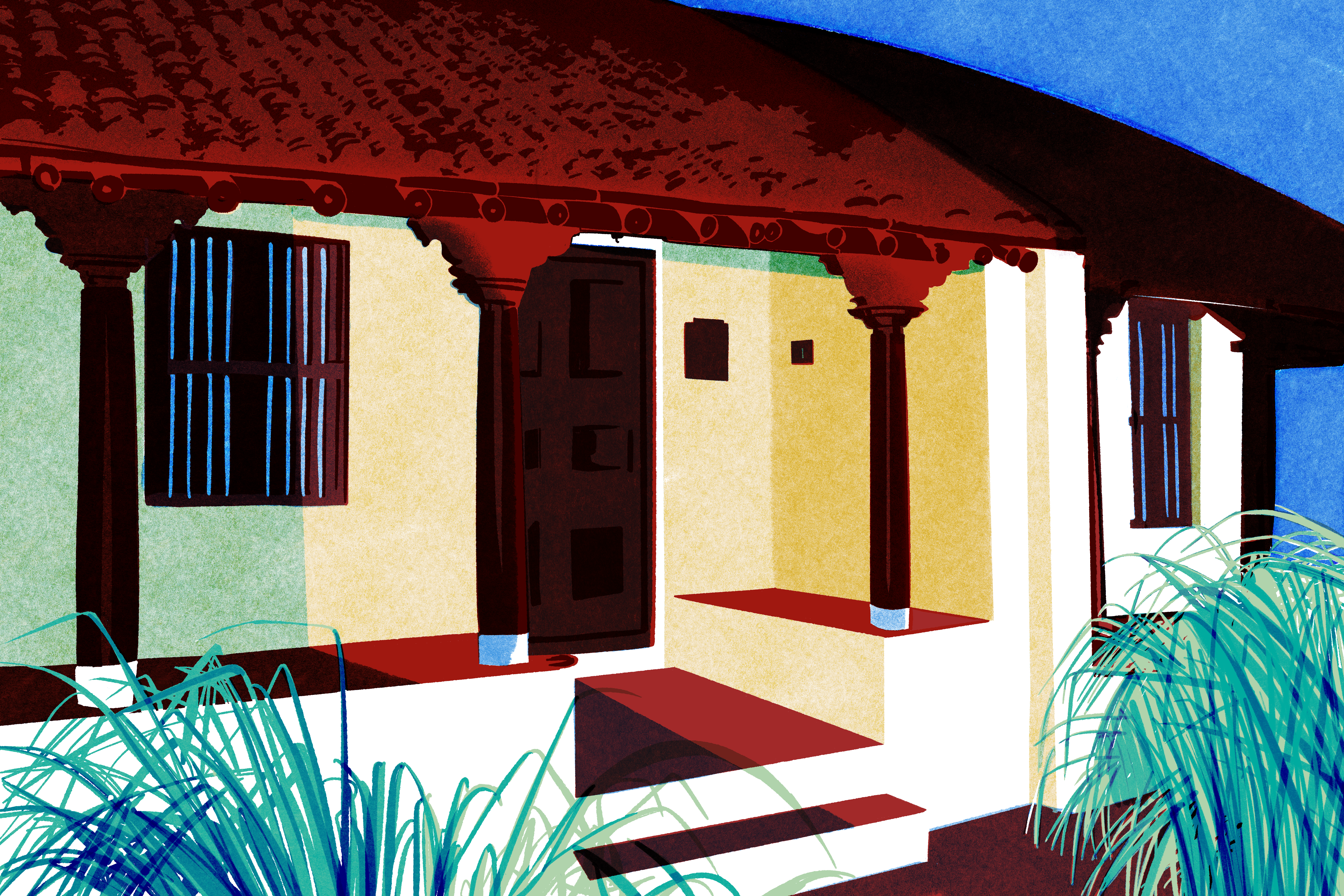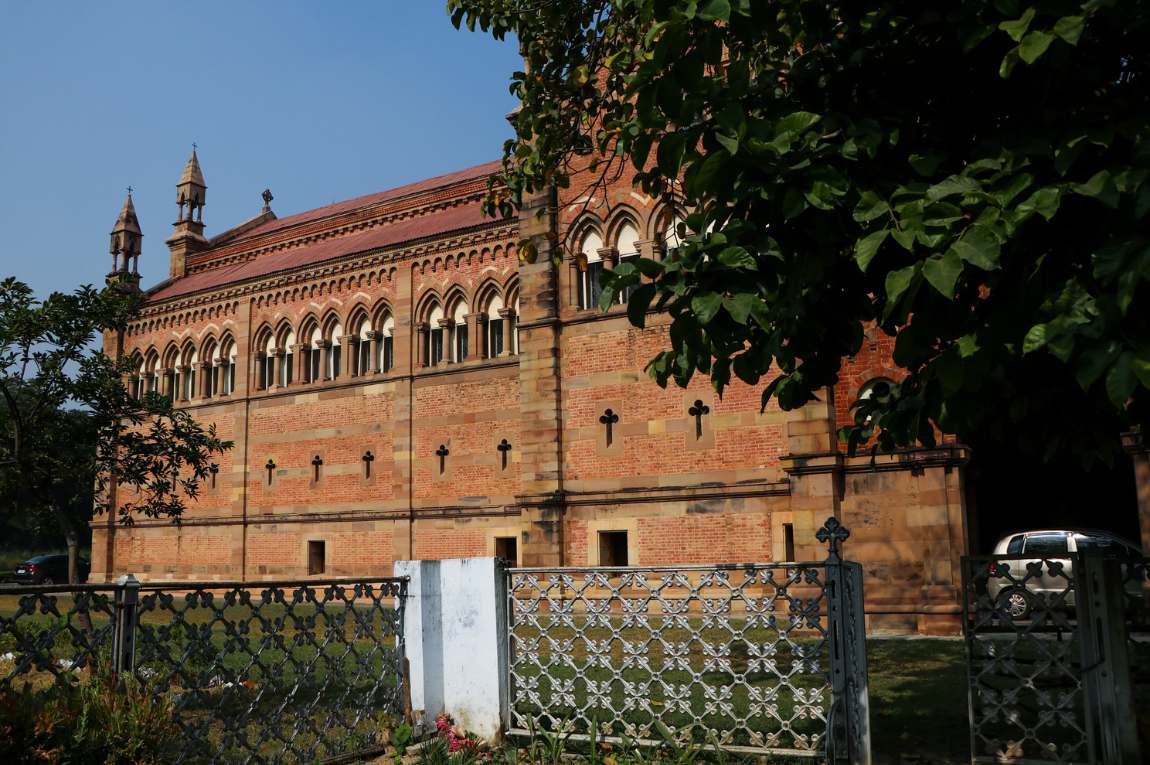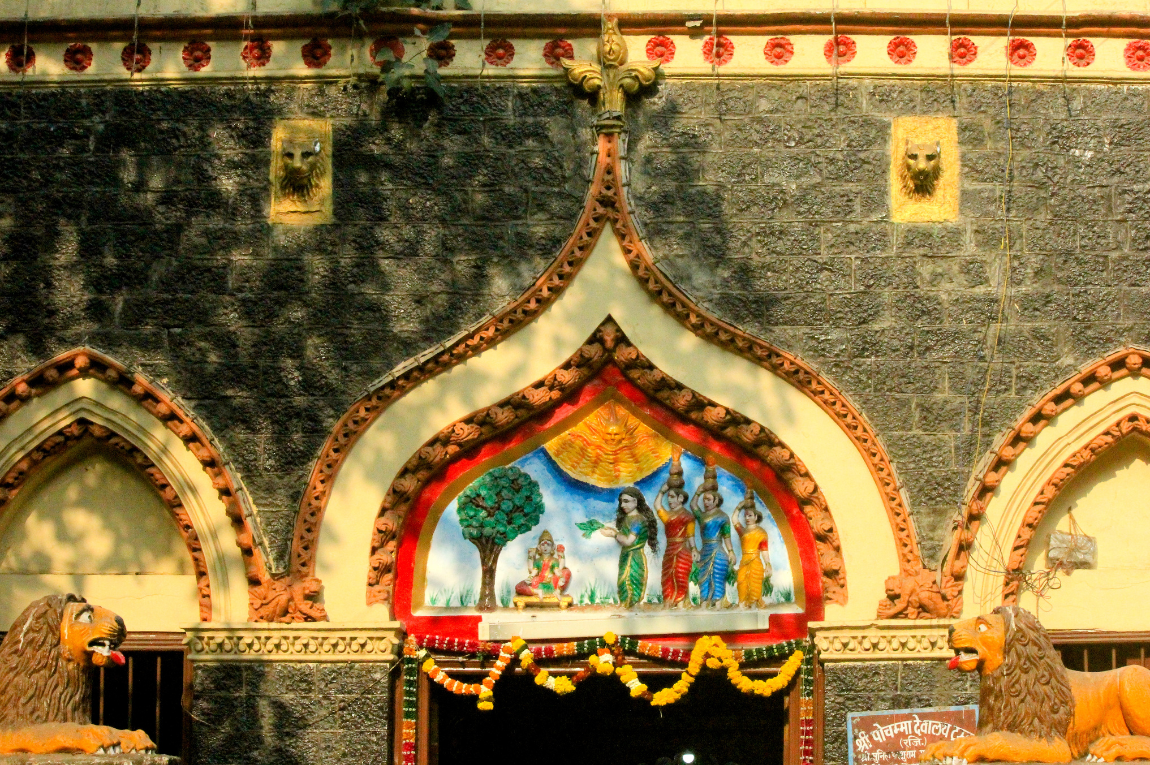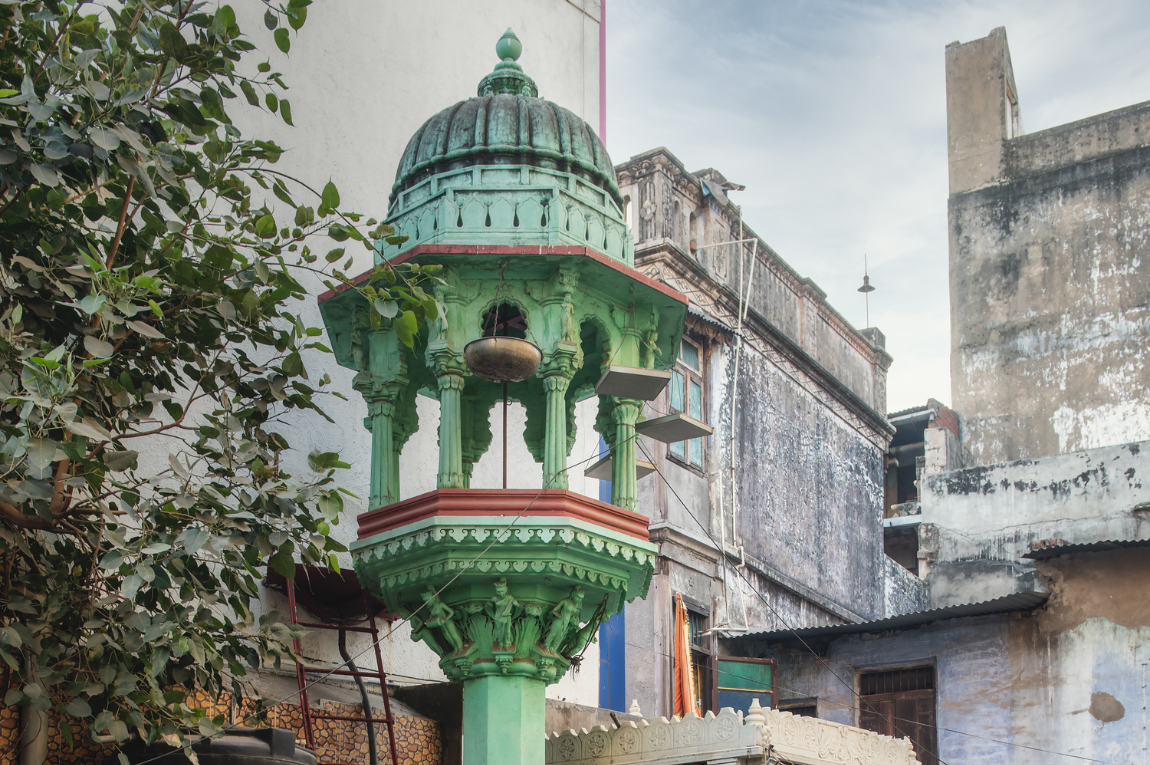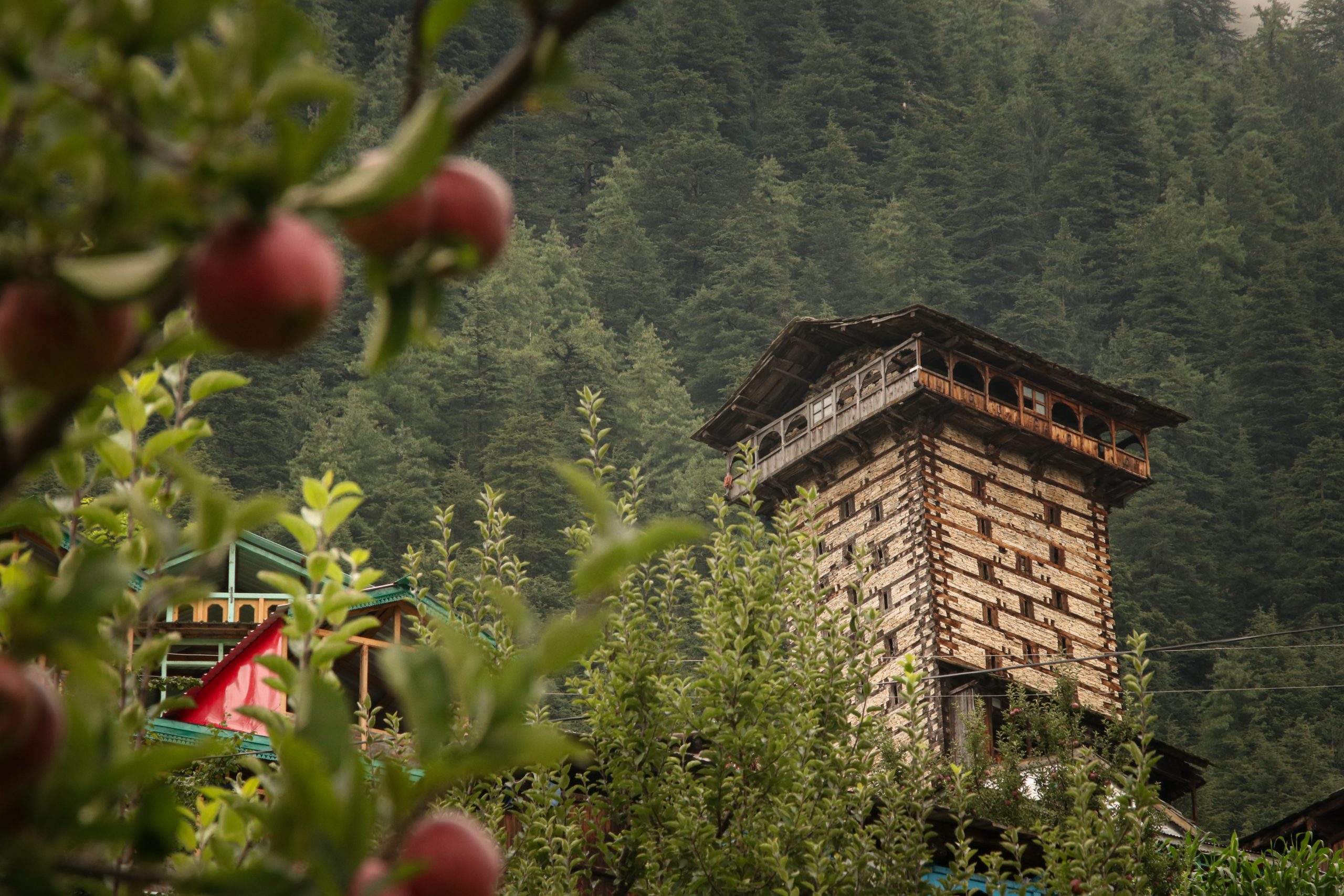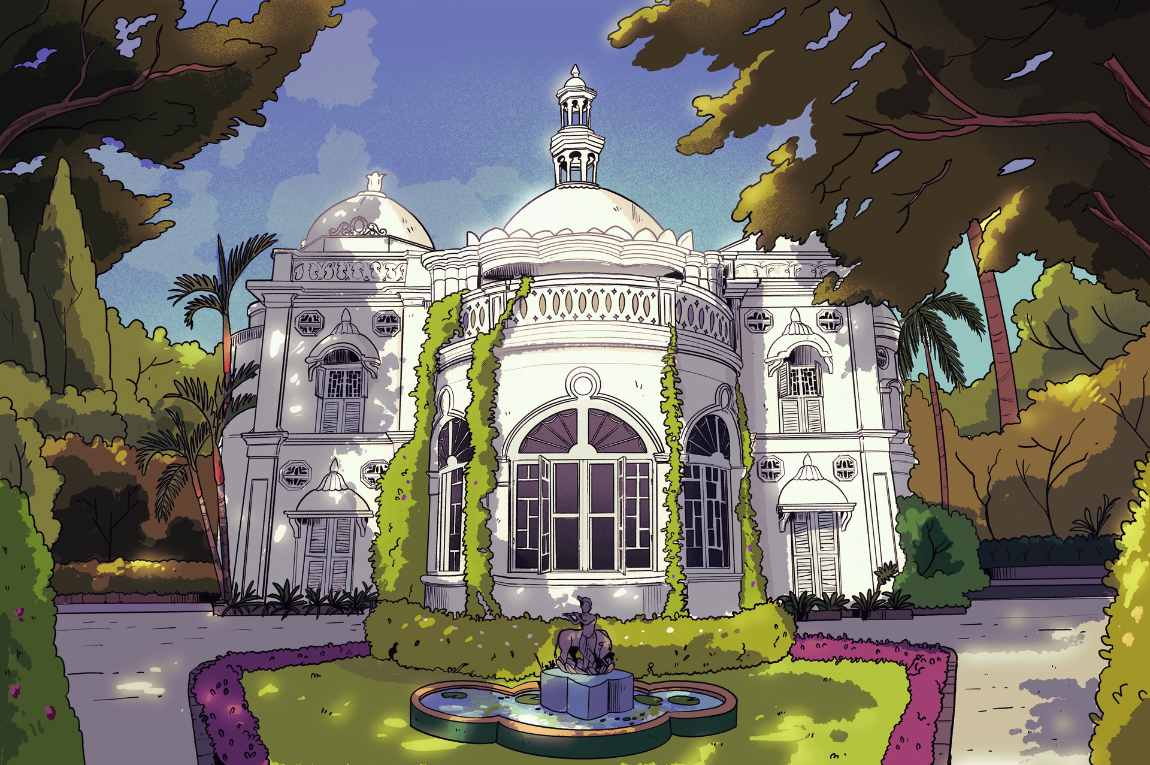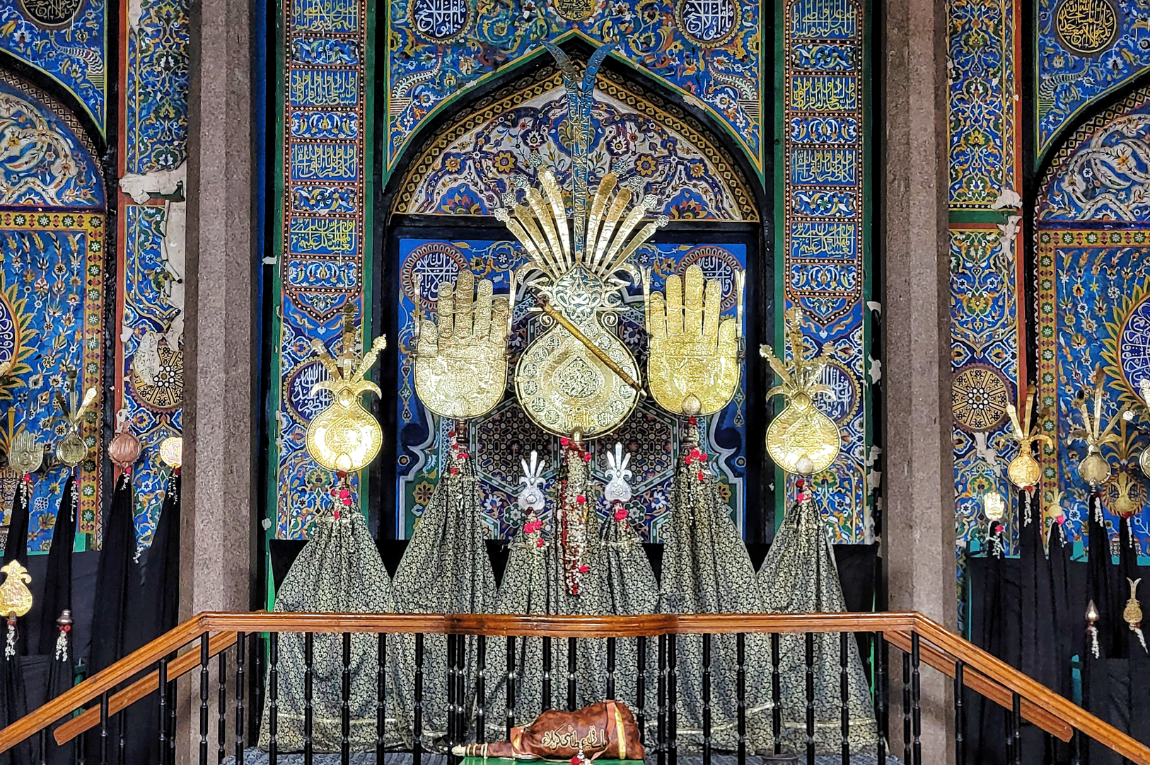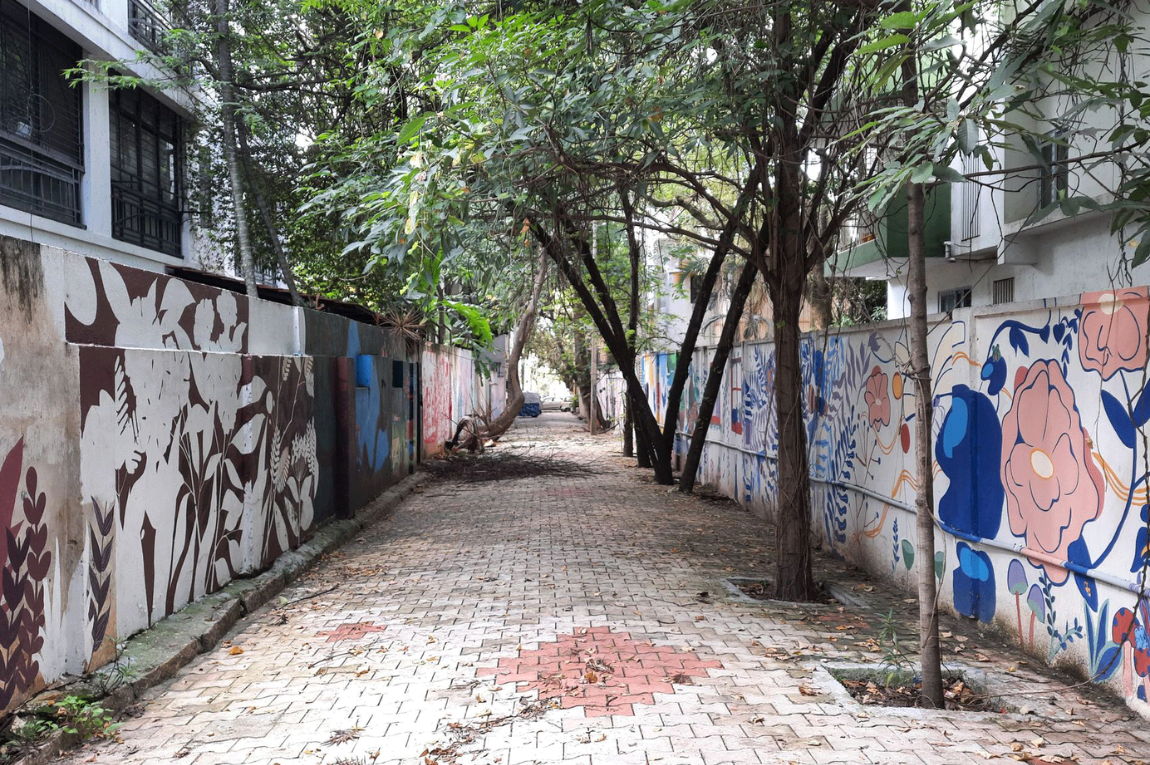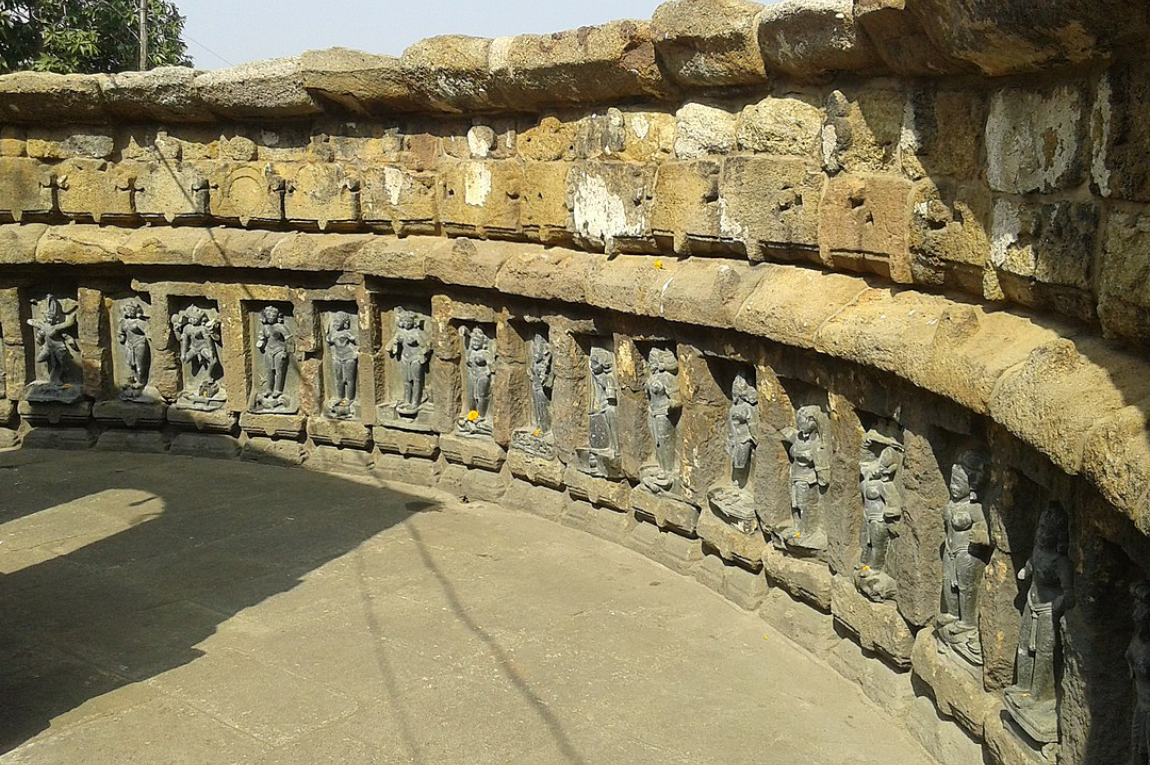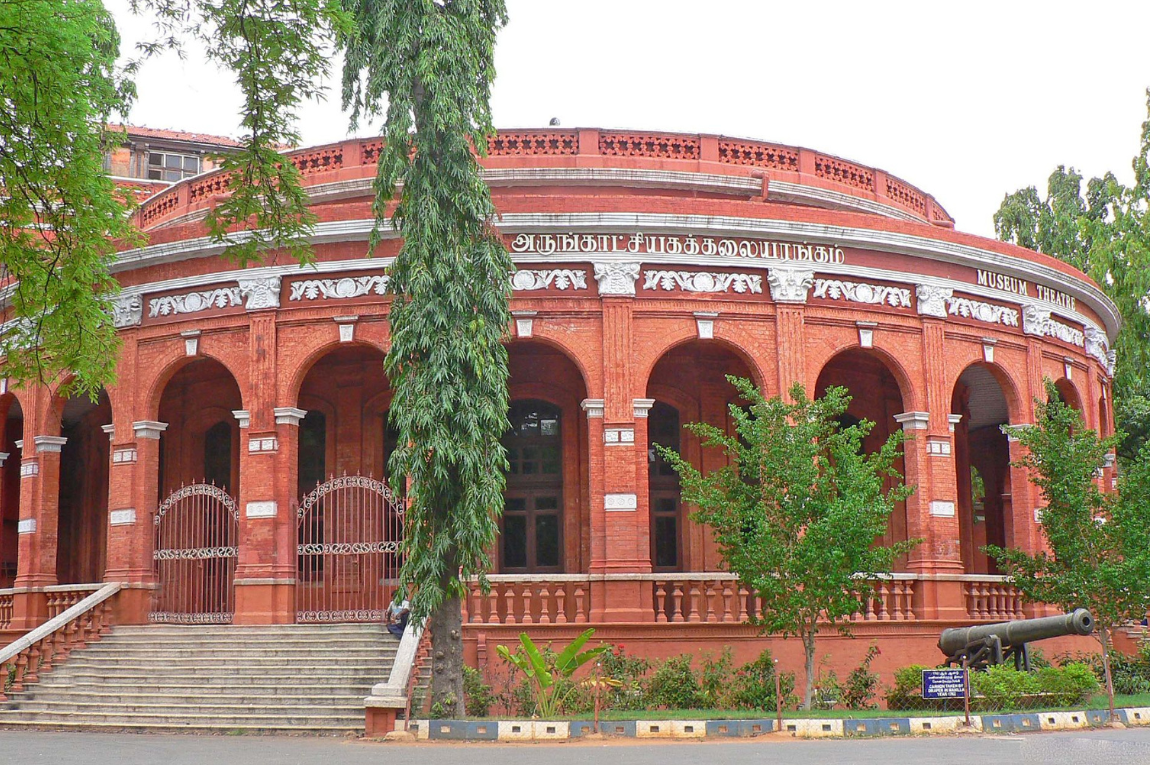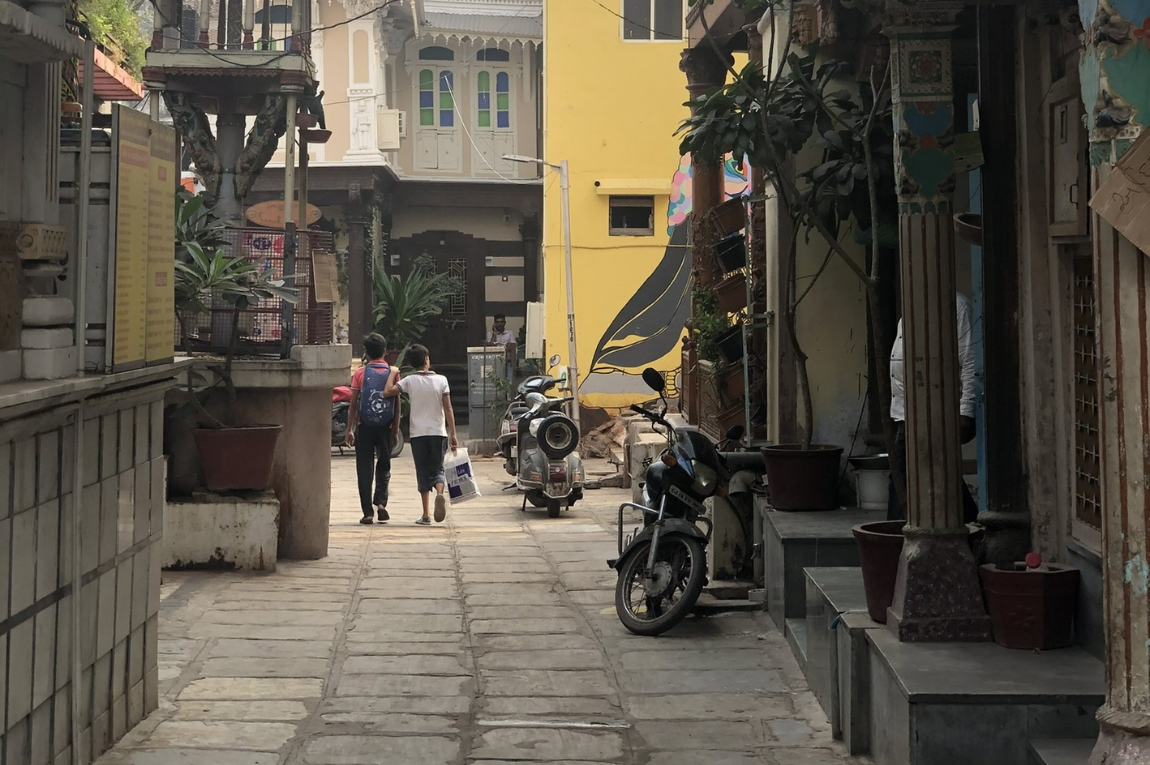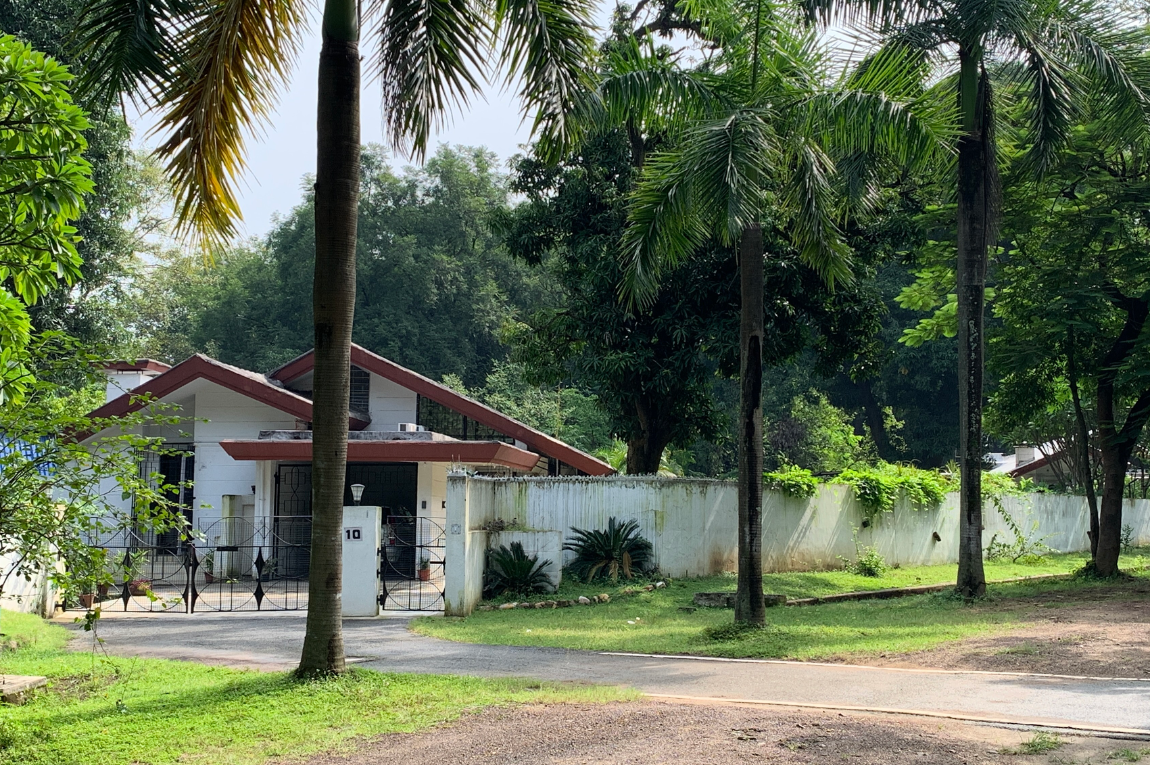Art historian Deepthi Sasidharan, the founder-director of Eka Archiving Services — a cultural advisory that works on heritage and museum projects across India with the government as well as private and corporate clients — tells us about the importance of heritage documentation, why museums must revamp, and the perks of patient historical research.
What are you currently reading? Is there a work of writing you frequently revisit?
I am currently reading a book called Tawaifnama that I am enjoying as I have met some of the protagonists’ counterparts during my research in forgotten archives. There isn’t really anything I frequently revisit but I love going back to our reference library at Eka — it is such a special space to make new discoveries.
What prompted you and Pramod Kumar K G to start Eka Cultural Resources and Research [now Eka Archiving Services] a decade ago?
We realised that there is a need for setting up a professional agency to address issues related to heritage preservation, especially when there is a lack of proper documentation or even the expertise to establish such a procedure. There was no professional organisation to help set up a museum or an archive. As there was no structure to fall back on, it became a necessity to create a platform that would work in a multilingual, multi-cultural country like ours. Hence the decision to start Eka.
The work we do also does not fit into any formal boundaries as a profession so we wanted to work towards creating models of cultural and heritage interpretation that would work in India. It is also incredible to work on projects across the length and breadth of the country that range from museums and archives to cultural planning and interpretation.
How do you tell a good story through an exhibition, keeping in mind the diverse audience demographics and their different ways of engaging with an exhibition? In the age of what is an “experience economy”, how do you create a narrative that enables the audience to understand or take away something from the exhibition and not alienate them?
A successful exhibition should entail simple information that’s easy to understand, given the diverse audiences. It should evoke personal memories by marrying the past and the present through gripping narrative techniques and employing immersive and creative displays using technology without much clutter. Finally, authentic, original material always excites audiences and is enjoyable for both people who create exhibitions and those who visit.
Were there any early influences while growing up that made you foray into working with museums and archives? What meaning does cultural history have for you as far as personal memory is concerned?
My father was an army officer so growing up I lived all over the country, in various cities. This gave me an early exposure to many cultures, languages, cuisines and perhaps paved the way for being curious about cultures. I was always fond of history and one thing led to the other and I ended up working in museums and archives.
Do you think there is a lack of critical and reflective voices or a tendency to border on hagiography when it comes to writing about art and art history in India in recent times?
No, I don’t think so. It is true of course that there are very few voices that write critically about art but then again the industry is so small! We have a handful of museums and art galleries especially when compared internationally and almost all of them pool in the large cities. Unless the industry gets structured and people are able to make a living off the arts, we will not have sensitive coverage through writing and media of the same. After all, if art critics need to invest in themselves, the profession needs to respond.
The classic definition of a museum as simply a receptacle of objects is now rather archaic. How do you think it can potentially be socially relevant, enchant its visitors, intertwine with the fabric of a city, and yet generate income?
Every museum should keep in mind its target audience. Are we educating or engaging the public? Extensive surveys should be undertaken by the museum authorities to understand the expectations of the people. A museum should revamp itself with the changing times. It should embrace technology as we enter the digital era. Exhibitions with socially relevant topics can attract more visitors. Activities for children and families alike can be crowd-pleasers too. Embedding into the cultural life of a city’s social fabric is the only way to make museums inclusive, successful and sustainable.
As a country, we’re constantly revisiting and referencing our history. Why, then, do you think has the approach towards the documentation and preservation of these histories been largely apathetic?
We have constantly been revisiting history by dipping into readily available material. Many of our textbooks and institutions lean back even today on material researched or unearthed during colonial times. Our education system seldom talks about heritage preservation leading to inadequate knowledge and apathy. A large volume of our history has been lost forever due to poor storage facilities and incorrect handling techniques. Given the rich heritage of our country, documenting a collection of immense magnitude is a daunting task. Another important reason for the apathy is that documentation and preservation involves time and money, which unfortunately the government is not inclined to spend on. Trained resources are a crying need of the hour.
There has been a gradual surge in the number of archives online or open-source platforms that allow anyone to contribute photographs or ephemera — be it personal histories and identities, stories of heirloom, of war, strife and migration. How important do you think is it to have archives that encourage people to share their stories and can be freely accessed by all at the same time?
It is important to have a platform where people can share their personal stories. These exchanges go a long way in understanding the different personalities, reconstructing histories, connecting people. Such platforms become repositories of cultural identities and collective memories. However, personal memories are human and emotional and may hugely err on the side of nostalgia, pain or inaccuracy, depending on certain circumstances. So while there is a space for platforms that share stories, they must be balanced by other for a that present serious evidence-based research.
Last year, a number of European countries indicated a willingness to return colonial-era objects to their African countries of origin. What are your thoughts on the postcolonial claims for repatriation of objects, particularly in the Indian context?
Who is asking for the return of these objects? I don’t see people in cities asking for the return of their cultural artefacts — they don’t care about what is already in their museums. Returning our national treasures is a good trend but I would really like to know what happens to them upon their return.
Your field of work involves long hours of research and documentation. Have you come across a fascinating historical anecdote that has stayed with you over the years?
Patient historical research is always rewarding with unexpected bits of trivia and research. A memorable anecdote pertains to Sita Devi of Baroda who in 1957 made a famous comment on seeing a Harry Winston-designed necklace worn by Wallis Simpson, the former Duchess of Windsor. The Duchess’ necklace of emeralds and diamonds was formerly a pair of anklets worn on the feet by Sita Devi. She very casually commented that the stones had looked much better on her feet. Ms Simpson was to later return the necklace to the jeweller.
If you were to write a book of fiction, which era or decade would you centre it around? And what would your protagonists be like?
If I were to write a book of fiction, I imagine I would situate it in the late 19th century. I would pull protagonists from history that today would perhaps not fit into any formal descriptions. Think of the bhistee (the carriers of goat-skin water bags) or the courtesan who would come in only to dance at weddings!
(Note: When you buy something using the retail links in our stories, we may earn a small affiliate commission.)

